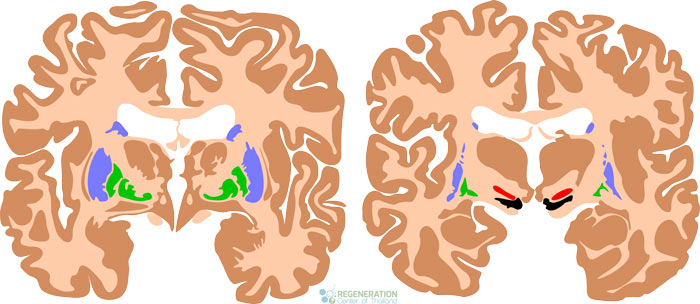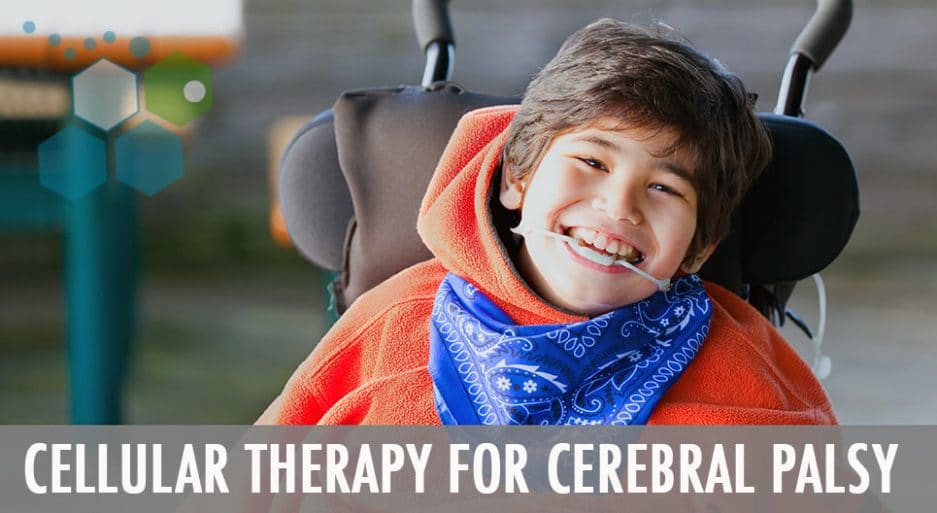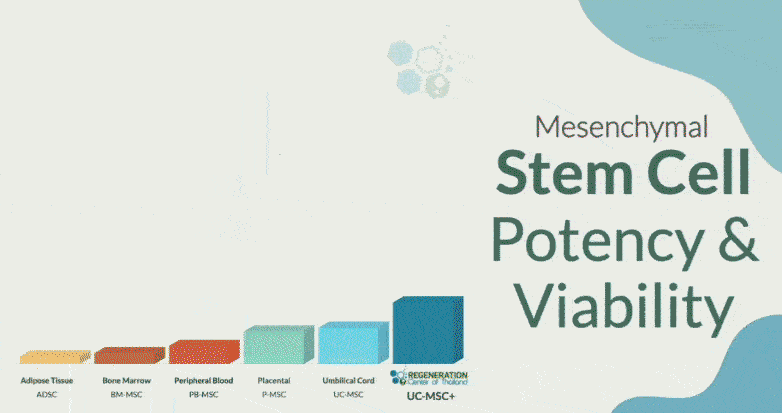If the fetal brain is harmed in any way during pregnancy, delivery, or following birth, Cerebral Palsy can occur. CP is frequently accompanied by mental incapacitation, hearing loss, difficulty in speaking, lack of coordination, seizures, and blindness. About 25% of instances are brought about by prenatal forces like improper nutrition, x-rays, anemia, viruses, or premature delivery. About 40% of Cerebral Palsy patient diagnoses are brought on by hypoxia (the lack of oxygen), while other causes remain idiopathic (unknown).[1]
Physical Impairment Due to Cerebral Palsy
Children with Cerebral Palsy and Autism will likely show early signs of physical impairment. The type of bodily dysfunction, location, and extent of impairment vary from person to person. CP can affect the legs, arms, or the face. In some extreme cases, it can affect one limb, several limbs, or all the limbs. Some women with autoimmune anti-phospholipid (APA) antibodies or anti-thyroid antibodies have a slightly higher risk of their children getting CP.
CP and its variants affect muscles and a child’s ability to control them properly. Muscles can sometimes contract too little or too much. Limbs can also become stiff over time and forced into awkward, painful positions. Uneven muscle contractions can make the patient’s limbs shake, writhe, and tremble. A patient’s posture, coordination, and balance are also usually affected by CP. Simple tasks such as standing up, sitting down, and walking can be difficult for some, while other patients have problems grasping objects. Other complications of Cerebral Palsy include mental/intellectual impairment, frequent seizures, and hearing or vision or hearing impairments.
The regeneration center of Thailand takes advantage of an effective and efficient cell therapy choice for all those who have cerebral palsy. In contrast to conventional remedies, our stem cell protocol is much different in terms of how we target to repair the brain tissue damage (similar to our treatment for Alzheimer’s and MS ) and what we do differently to recover/regenerate the patient’s physical functions. Stem cell therapy for CP focuses on the root cause, not just the signs and symptoms.

Treat Cerebral Palsy With Stem Cells
Cell death and Entrapment neuropathy happen when cells are injured. However, These dead cells are surrounded by healthy and damaged cells. Gene therapy, Stem cells, and exosomes have the unique capabilities to stimulate the healing of those injured cells via the secretion of cytokines. The objective of the stem cell treatment for Cerebral Palsy would be to help repair the injured cells in the immediate regions of the lesions. This targeted stimulation may enhance signs and symptoms primarily physically and through movements.[2]
The majority of patients who have received stem cell treatments for CP show improvements following the very first or sometimes second transplant. They continue to show improvement for about six months to 1 year. The results are permanent for most CP and motor neuron patients undergoing stem cell therapy.
Hematopoietic Stem Cell Therapy for CP in 2025
Mono Plegia
Spastic monoplegia is a type of cerebral palsy that results from brain injuries. It is different from other types of CP. Monoplegia (mono = 1) causes a defect in the movement of 1 of the two limbs of the human body, usually an arm, which is either the left or the right side.
It’s incredibly uncommon, and numerous authorities think about it as a type of hemiplegia with a mild connection to the other limb of the affected side of the body. Monoplegia cerebral palsy results from a permanent lesion within the brain’s motor cortex region, which might be total or partial. Like all other kinds of cerebral palsy and SMA, the condition is sometimes irrevocable, which means that there’s no opportunity for regeneration. [3]
CP and similar diseases like Ataxia and Global Aphaasia are identified via a process of elimination since many other diseases cause similar symptoms, such as brain tumors, metabolic diseases, Erbs palsy, brachial plexus palsy, etc. Stem cell therapy for CP can offer genuine improvements for Monoplegia patients.
Types of CP Treated With Stem Cells
Treatment of Neurological Disorders
Cord blood stem cells have been beneficial in patients with brain injuries. Cord tissue-derived stem cells can divide and alter into neural-like stem cells. These adult stem cells have been proven to migrate toward the damaged regions and promote therapeutic processes, which might assist in repairing brain damage. That cord blood stem are also very responsive to the body’s immune response following an injury, by interacting directly using the organs and cells from the immune system that allow the body to repair itself.[4]
TREATMENT RISKS & PRECAUTIONS
Please note that not all patients with Cerebral Palsy (CP) are suitable candidates for treatment with stem cells. Individuals with severe complications such as uncontrolled seizures, severe spasticity, advanced orthopedic deformities, respiratory difficulties, or other major health issues might not be good candidates for the estimated 1-2 week therapy.CP Treatment in 2025 Overview
Total Number of MSC+ Cell Sessions Needed: For most CP patients, we recommend multiple Infusions of isolated and expanded mesenchymal cells, which can be cultured from autologous sources of dental pulp, bone marrow (BMMSC) or allogeneic sources of cells (UC-MSC) and Neural Stem cells (MSC–NSC). These expanded stem cells and our proprietary mix of growth factors are joined to enhance the therapeutic potential of the treatment. The growth factors we isolate and culture are naturally occurring proteins in cells that stimulate cell growth, proliferation, healing, and differentiation and are combined with stem cells to support brain repair and regeneration. Some of the growth factors we isolate for TBI patients include Epidermal Growth Factor (EGF), Vascular Endothelial Growth Factor (VEGF), Fibroblast Growth Factors (FGFs), Insulin-like Growth Factor 1 (IGF-1), Glial Cell Line-Derived Neurotrophic Factor (GDNF)Brain-Derived Neurotrophic Factor (BDNF) and Nerve Growth Factor (NGF).
Delivery Methods of MSC+ and Neural Stem Cells: The types of cellular infusions will vary based on patient needs. However, our treatment aims to help reduce systemic neuroinflammation and promote faster recovery of lost cognitive function through neurogenesis. To achieve these results, the cells can be administered using a combination of Intravenous infusions, stereotactic-guided delivery, inhalation therapy via micro-nebulized mesenchymal cells, Intrathecal infusions, and fluoroscopic guided cell delivery (in a hospital setting only). All intrathecal injections at The Regeneration Center are done by a board-certified neurosurgeon and are needed to bypass the blood-brain barrier. Healing the blood-brain barrier (BBB) can be a crucial part of CP treatment because it plays a vital role in maintaining the stability of the brain’s environment and protecting it from harmful external substances.
Physical Rehabilitation Post-Treatment: Physical Rehabilitation therapy is optional depending on the patients’ travel/time constraints. Complete physical rehabilitation post-therapy can be provided upon request for 2-5 hours per day and up to 6 days per week.
Medical visas and extended stay accommodations for the patients and families can also be included upon request.
Treatment Guidelines for Cerebral Palsy
Cell Therapy for CP using a combination of neural progenitor cells, mesenchymal stem cells, and growth factor complex will require a minimum of 10-14 days in Bangkok. Due to the varying degrees of existing medical conditions and the stage of degeneration, our neurological stem cell team will need to review the potential candidate’s medical condition before a detailed treatment protocol can be provided. Upon completion of the evaluation, a thorough treatment plan will be provided that will include the specifics, such as the day-by-day medical treatment outline with the exact total number of nights required and the total medical-related costs (excluding accommodations or flights). To begin the medical review for our multi-stage Treatment protocol, please prepare your recent medical records, such as Genetic tests for MS, Brain MRIs, CT Scans, or PET Scans (Preferred ), and contact us today.
Published Clinical Citations
[1] ^ Wang, Xiaodong, Hezhen Hu, Rongrong Hua, Jing Yang, Pei Zheng, Xinxin Niu, Hongbin Cheng, et al. 2015. Effect of umbilical cord mesenchymal stromal cells on motor functions of identical twins with cerebral palsy: pilot study on the correlation of efficacy and hereditary factors. Cytotherapy, no. 2. doi:10.1016/j.jcyt.2014.09.010. https://www.ncbi.nlm.nih.gov/pubmed/25593078
[2] ^ Keeratisiroj, Orawan, Nuanlaor Thawinchai, Wantana Siritaratiwat, and Montana Buntragulpoontawee. 2015. Prognostic Predictors for Ambulation in Thai Children With Cerebral Palsy Aged 2 to 18 Years. Journal of child neurology, no. 13 (April 28). doi:10.1177/0883073815582267. https://www.ncbi.nlm.nih.gov/pubmed/25922262
[3] ^ Kułak-Bejda, Agnieszka, Piotr Kułak, Grzegorz Bejda, Elżbieta Krajewska-Kułak, and Wojciech Kułak. 2016. Stem cells therapy in cerebral palsy: A systematic review. Brain & development, no. 8 (April 20). doi:10.1016/j.braindev.2016.03.002. https://www.ncbi.nlm.nih.gov/pubmed/27004672
[4] ^ Kumban, Wannisa, Sugalya Amatachaya, Alongkot Emasithi, and Wantana Siritaratiwat. 2013. Effects of task-specific training on functional ability in children with mild to moderate cerebral palsy. Developmental neurorehabilitation, no. 6 (March 11). doi:10.3109/17518423.2013.772672. https://www.ncbi.nlm.nih.gov/pubmed/23477366


